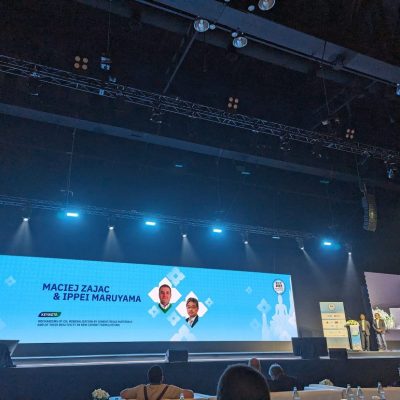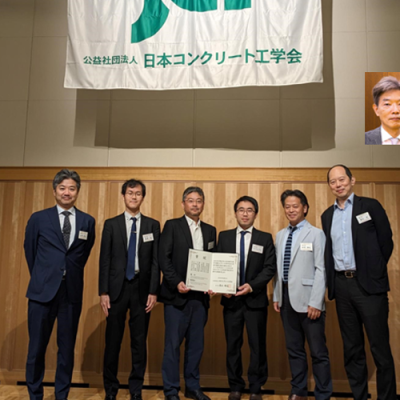Thermal Expansion of Cement Paste at Various Relative Humidities after Long-term Drying: Experiments and Modeling
Abudushalamu Aili, Ippei Maruyama, Matthieu Vandamme
https://doi.org/10.3151/jact.21.151
セメントペーストの線膨張係数の含水率依存性について、ポロメカニクスの立場で説明を行いました。従来研究では、乾燥によるC-S-Hの変質と空隙構造変化を考慮していなかったので、それを明示した場合にどのように挙動が変化するかを議論しました。従来モデルをより実験をベースに精密にし、および検証を適切に行った論文になります。
The coefficient of thermal expansion (CTE) of cement paste is an essential parameter for estimating cracks of cement-based structures, including under normal operating conditions. The CTE of low-heat Portland cement pastes dried for a long term at various relative humidities were measured by applying trapezoidal temperature history. The measured CTE was a convex function when displayed versus relative humidity and was highest at the relative humidity of 58%. At the relative humidity of 11%, the CTE was similar to the one of the fully dried sample. Based on a drying shrinkage model in the literature that classifies pore water as free liquid water and adsorbed water, we computed pore pressure change and corresponding strain, from which the CTEs were estimated. The microstructural rearrangements of cement paste due to long-term drying were taken into account by obtaining pore size distributions from water vapor sorption isotherm. The CTEs predicted with the model agree well with the measured ones.














